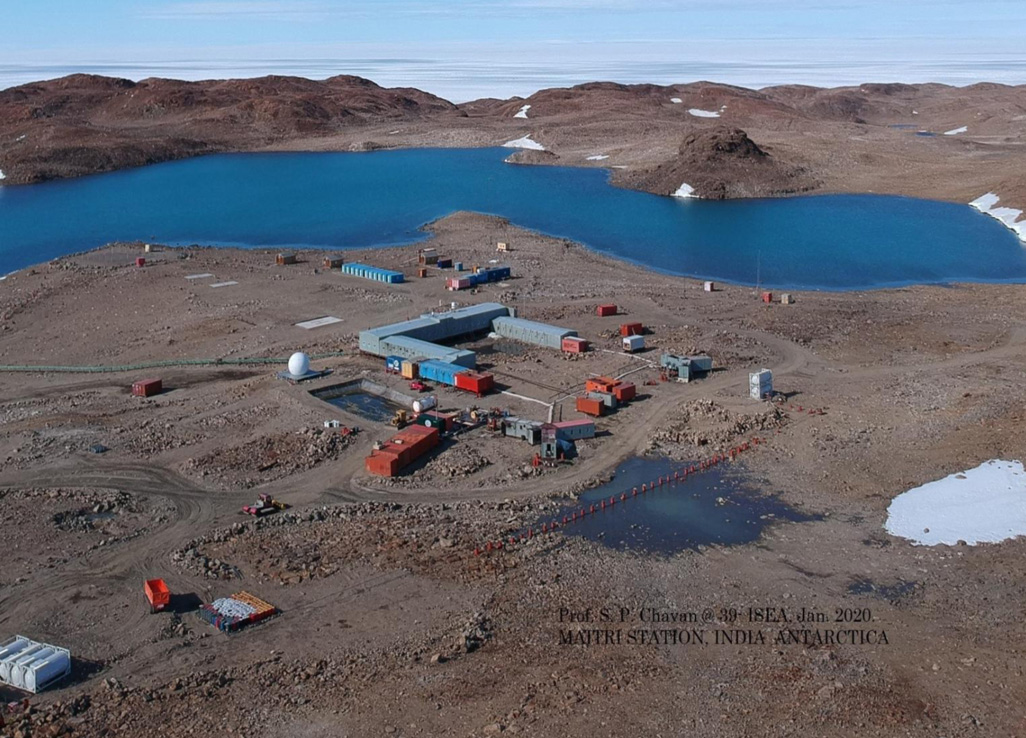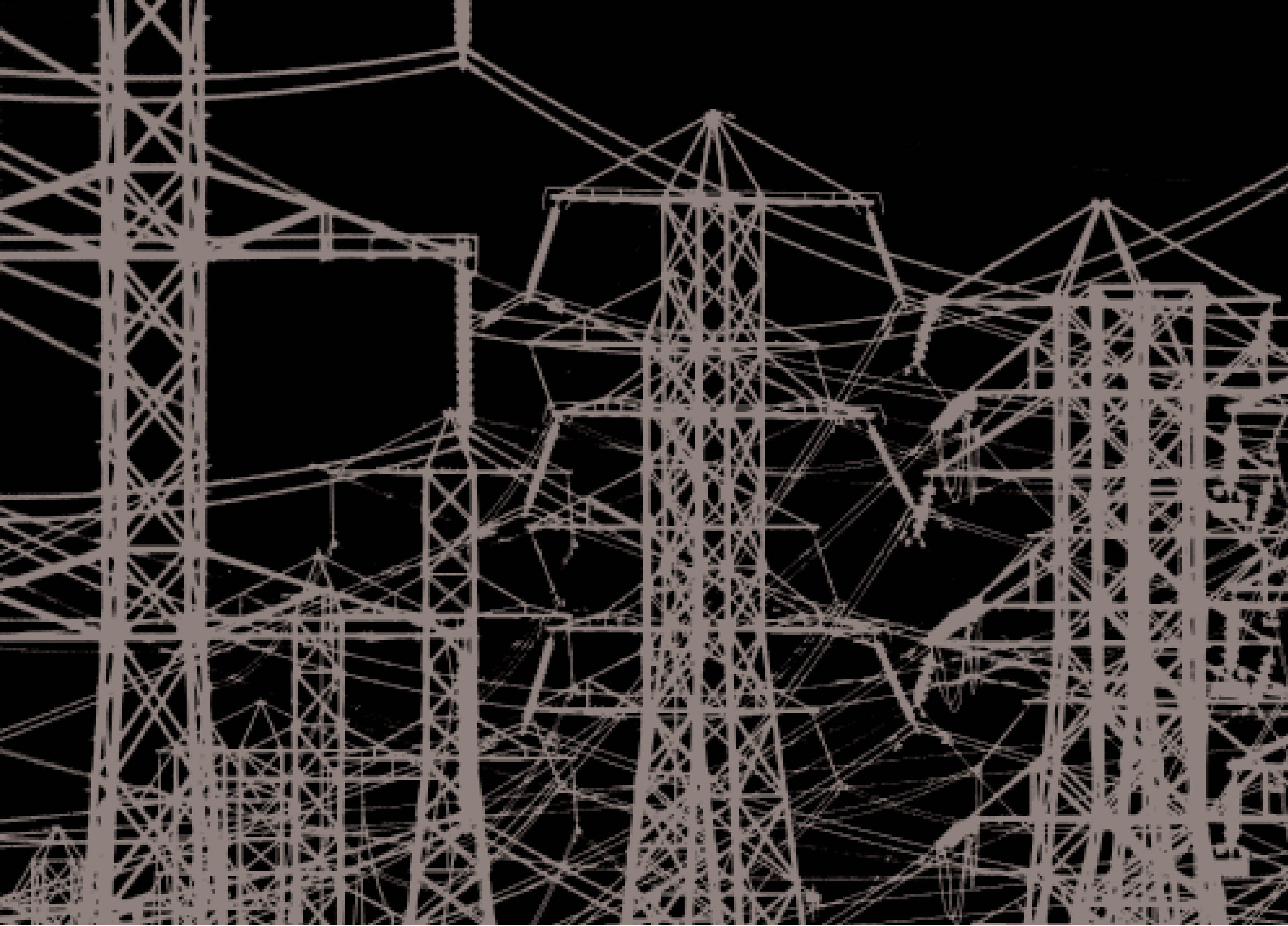Power Reforms in India an Opportunity for GIS



India is set to embark on a new chapter in its Polar exploration journey with the construction of Maitri II. The Indian government plans to establish a new research station near the existing Maitri ba...
.png )
The Deep Ocean Mission (DOM), approved by the Government of India in 2021 under the Ministry of Earth Sciences (MoES), represents a strategic step in realizing Sustainable Development Goal 14 (SDG 14:...

China recently announced restrictions on the export of seven rare earth elements (REEs), soon after US President Donald Trump decided to impose tariffs. As the world's dominant supplier—responsible fo...
The Ministry of Power, Government of India, launched the Restructured Accelerated Power Development and Reforms Programme (R-APDRP) in July 2008. Geographic information system (GIS) is an integral par...
India is steadily venturing into renewable energy resources like wind and solar. With such unpredictable energy sources feeding the grid, it is necessary to have a grid that is highly adaptive in term...
The Ministry of Power, Government of India, launched the Restructured Accelerated Power Development and Reforms Programme (R-APDRP) in July 2008. Geographic information system (GIS) is an integral part of its implementation, intrinsically indicating that geospatial technologies are slated to soon become a way of life.

India is steadily venturing into renewable energy resources like wind and solar. With such unpredictable energy sources feeding the grid, it is necessary to have a grid that is highly adaptive in terms of supply and demand. A good electric supply is one of the key infrastructure requirements to support overall development, hence, the opportunities for building smart grids in India are immense.
